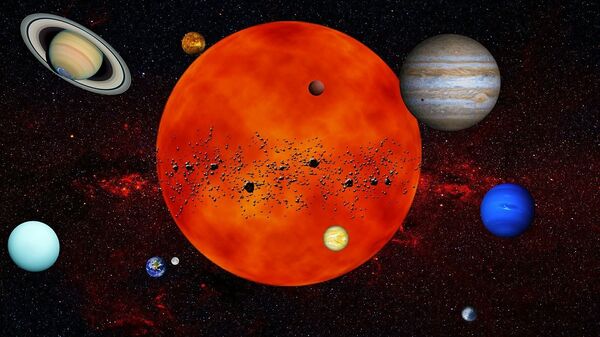Astronomers have reported the discovery of two exoplanet candidates orbiting a tiny star located some 12.5 light years away, claiming they are the most Earth-like planets ever found.
In a paper published in the Astronomy and Astrophysics journal, the scientists say the newly found planets are within the habitable zone of Teegarden’s star, said to be one of the smallest measured yet.
What lends particular interest to the discovery is the unusual method by which they were discovered. Instead of the typical ‘transit’ method, when planets are seen passing in front of their star, the position of the two new discoveries allowed them to be detected passing in front of the sun.
According to the team, the data serves as clear indication of their existence:
“The two planets resemble the inner planets of our solar system,” said lead author Mathias Zechmeister of the Institute for Astrophysics at the University of Göttingen, who detected the planets as part of the Carmenes project.“They are only slightly heavier than Earth and are located in the so-called habitable zone, where water can be present in liquid form.”
Observations so far suggest the pair may share similarities to planets situated closer to the sun in our own solar system.
The discovery is the latest success from the Carmenes project, which, according to the scientists, was “specifically designed to search for planets around the lightest stars.”
Teegarden’s star is one of our solar system’s closest neighbours and was first discovered in 2003.
Like most red and brown dwarfs, it emits most of its energy in infrared spectrum, with its temperature at about 2,700 degrees Celsius equivalent to half that of the sun.
Due to this low-level radiation output, a red dwarf’s habitable zone is much closer to its host star – rendering it quite difficult for life to be established on any close-in planets.
Still, the system holds many more mysteries and according to experts may even contain other planets beyond the two described in the new study.


